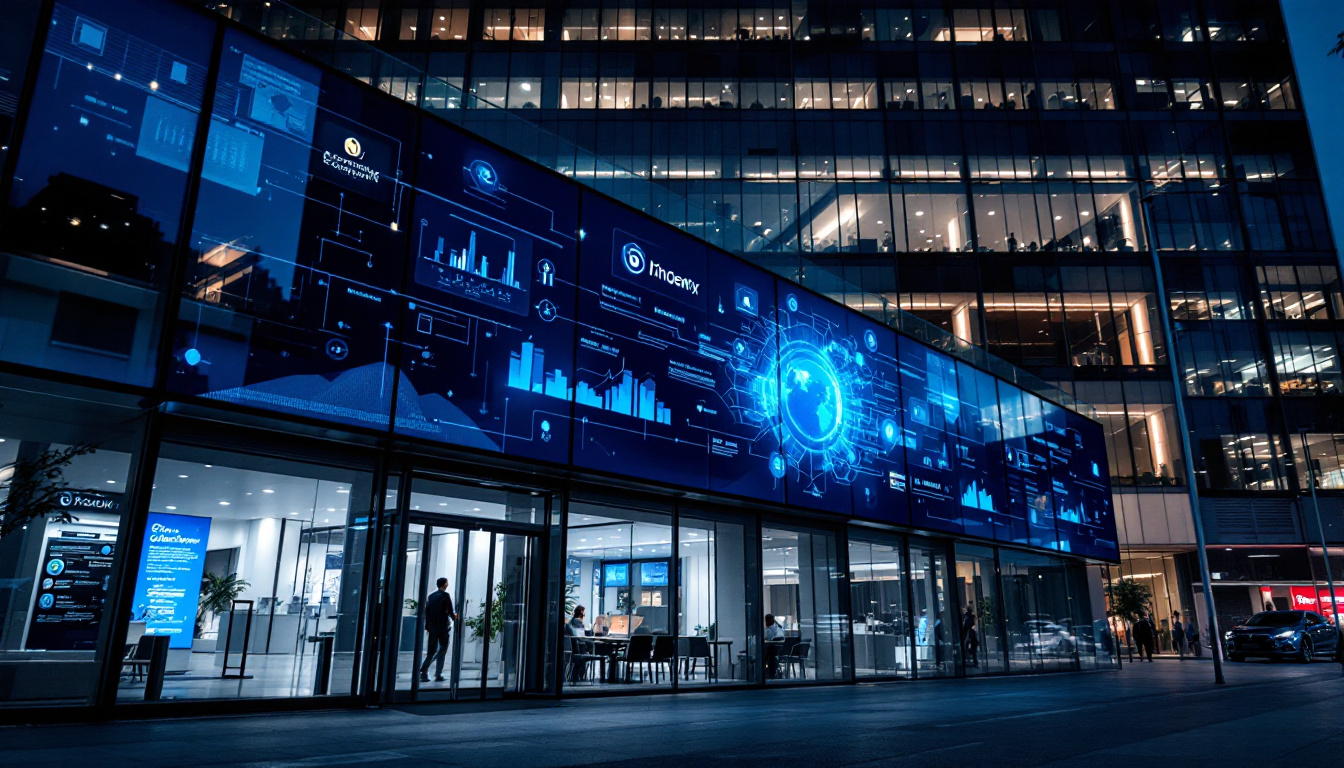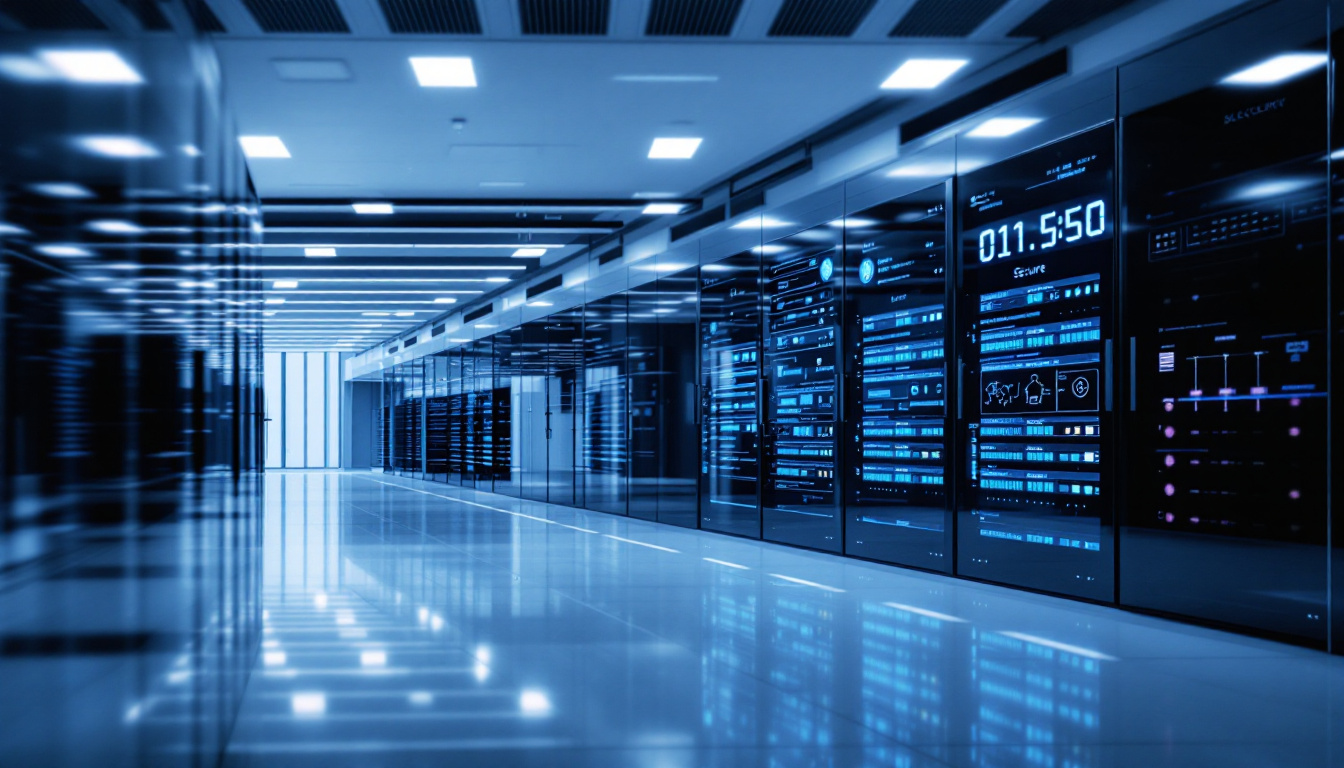Understanding Printing Choices for Sustainable Impact
In today’s world, sustainability is more than a trend; it's a necessity. As businesses and individuals strive for greener practices, understanding the nuances between eco-friendly (green) and traditional printing solutions becomes paramount. This article delves into the defining aspects of these printing methods and their implications on the environment, costs, and business reputation.
Decoding Green Printing

What does green print mean?
Green printing refers to the practice of using environmentally-friendly inks and materials in the printing process. This typically involves the use of vegetable-based inks, such as soy and biodegradable toners, which are less harmful to the planet than traditional petroleum-based inks.
In addition to utilizing eco-friendly inks, green printing includes sustainable practices such as:
- Using recycled paper: Helps in conserving forests and reducing waste.
- Employing energy-efficient technologies: Reduces greenhouse gas emissions and energy consumption.
- Implementing waste reduction strategies: Such as duplex printing and optimizing workflows to minimize paper usage.
The goal of green printing is to reduce the environmental impact of printing and promote sustainability within the industry. By opting for green print solutions, businesses and individuals can contribute to a healthier environment and support eco-friendly practices.
Comparative Impact: Green vs Traditional Printing

What are the environmental impacts and benefits of sustainable printing practices?
Sustainable printing practices offer significant environmental benefits by greatly reducing resource consumption. By using eco-friendly materials such as recycled paper and plant-based inks, these methods counteract deforestation and minimize pollution during production. Unlike traditional printing methods, which often generate substantial waste and greenhouse gas emissions, eco-friendly alternatives like digital printing and duplex printing significantly cut down energy usage and material waste.
Implementing recycling programs enhances operational efficiency, as facilities reduce landfill contributions and promote a circular economy. For instance, the use of energy-efficient printers lowers fossil fuel reliance while adopting practices such as double-sided printing can decrease paper usage by up to 50%.
Adopting eco-friendly inks can lower emissions of volatile organic compounds (VOCs) which contribute to air pollution. This is a stark contrast to standard inks, which can contain harmful chemicals. Overall, sustainable printing not only conserves valuable resources but also contributes to healthier ecosystems, reinforcing businesses' commitments to responsible environmental stewardship.
| Benefit | Sustainable Printing | Traditional Printing |
|---|---|---|
| Resource Consumption | Reduced, using recycled & eco materials | High, relies on virgin materials |
| Waste Generation | Significant reduction via recycling and digital processes | High, with more landfill output |
| Emission Levels | Lower VOCs with eco inks | Higher due to harmful solvents and compounds |
| Energy Usage | Optimized with efficient tech | Often higher due to outdated devices |
| Brand Image | Enhanced through eco practices | Less focus on sustainability |
Unveiling the Costs and Technological Advances in Green Printing

What are the costs and technological advancements associated with green printing?
Green printing represents a strategic investment in sustainability that can lead to remarkable cost savings over time. By utilizing recyclable materials and eco-friendly inks, businesses are not just minimizing their environmental impact; they are also improving their operational efficiencies. For example, digital printing eliminates the need for printing plates, thereby reducing waste significantly.
While initial expenses for adopting technologies such as LED UV printing or energy-efficient printers might be higher, the potential for long-term savings is considerable. These processes drastically cut energy consumption and promote resource optimization through methods like print on demand, which prevents excess inventory.
Adopting Managed Print Services (MPS) can streamline print operations, effectively reducing costs associated with paper waste and energy consumption. MPS provides industries with a tailored approach to maximizing resource use while setting and achieving measurable sustainability targets.
Moreover, practices like duplex printing and leveraging high-capacity supplies significantly contribute to waste reduction. Enhanced brand image is another bonus, as companies increasingly appeal to the eco-conscious consumer, reinforcing loyalty in a market that values sustainability.
Materials and Processes in Eco-Friendly Printing

How do the materials and processes differ in environmentally friendly printing options versus standard practices?
Environmentally friendly printing options differ significantly from standard practices in their choice of materials and processes. Sustainable printing utilizes alternatives that minimize environmental impact, such as recycled or FSC-certified paper. This helps to preserve forests and decrease habitat loss.
Sustainable inks
Inks are tailored to reduce harmful emissions, with options like vegetable-based or soy inks being popular choices. These inks produce fewer volatile organic compounds (VOCs) than traditional petroleum-based inks, improving air quality and reducing pollution. Biodegradable toners also contribute positively by enhancing print quality while remaining eco-conscious.
Energy-efficient technologies
Moreover, eco-friendly practices often involve energy-efficient technologies. For example, digital printing processes eliminate the need for printing plates, significantly reducing waste output. Incorporating LED UV printing further enhances sustainability by drying inks instantly and reducing energy consumption compared to older techniques.
Recycling and waste management strategies
Waste management is another crucial aspect, with practices such as recycling toner cartridges and implementing double-sided printing being prioritized. These methods not only minimize paper waste but also streamline operations and help businesses comply with tightening environmental regulations.
| Aspects of Eco-Friendly Printing | Contrast with Standard Practices | Benefits |
|---|---|---|
| Materials | Recycled or FSC-certified paper vs. conventional paper | Preserves resources |
| Inks | Vegetable-based/soy inks vs. petroleum-based inks | Reduces VOCs |
| Technology | Digital and LED UV printing vs. traditional printing methods | Energy-efficient |
| Waste Management | Recycling and duplex printing vs. single-sided printing | Minimizes waste |
In summary, adopting eco-friendly printing practices not only mitigates environmental harm but can also enhance profitability and customer loyalty over time.
The Business and Personal Advantages of Sustainable Printing

How do sustainable printing practices benefit businesses and individuals?
Sustainable printing practices provide various advantages for both businesses and individuals. Primarily, they help in significantly reducing carbon footprints and minimizing waste, which is crucial for environmental conservation. One of the most substantial benefits is the potential for cost savings.
By adopting eco-friendly materials and energy-efficient printers, businesses can decrease their paper usage and energy consumption, which translates to lower utility bills and supply costs. For instance, implementing double-sided printing can reduce paper usage by up to 50%, further cutting costs.
Moreover, organizations that embrace sustainable practices often see an enhancement in their brand reputation. Today's consumers are increasingly eco-conscious, and businesses that demonstrate a commitment to the environment can attract and retain loyal customers. Compliance with tightening environmental regulations also becomes simpler, mitigating potential risks associated with non-compliance.
Ultimately, sustainable printing practices not only promote a greener planet but also provide economic advantages, making them an attractive option for both businesses and individuals.
What are some misconceptions about the environmental impact of printing?
Despite the growing awareness of sustainability, there are some misconceptions surrounding the environmental impact of printing. One major fallacy is the belief that all forms of printing have a similar or overwhelmingly negative impact on the environment. In reality, the paper industry accounts for only 0.8% of greenhouse gas emissions in Europe, showcasing its relatively minor role in overall emissions.
Moreover, paper is one of the most recycled materials globally, with a recycling rate of 74%. Sustainable forestry practices, such as those certified by organizations like the Forest Stewardship Council (FSC), actively promote biodiversity and responsible land management.
Another misconception is that digital media is always more sustainable. However, many printing processes, particularly digital printing, can be environmentally friendly when employing eco-conscious materials and methods. Tremendous efforts in sustainable practices also help in countering the narrative that printing contributes significantly to forest depletion; in fact, tree populations are generally increasing, as a substantial portion of paper is produced from recycled materials.
Embracing a Sustainable Print Future
The shift towards sustainable print solutions is more than just an environmental imperative—it's an advantageous business decision that aligns with modern values of sustainability and responsibility. By understanding the differences and benefits of green versus traditional printing, individuals and businesses can make more informed choices that ensure profitability and ecological stewardship. From minimizing waste and leveraging advanced technologies to improving brand reputation, sustainable printing practices offer a pathway to a greener and more efficient future. It's time to embrace the eco-friendly print revolution for a healthier planet and a thriving business landscape.
References
- Green Printing 101: What Makes Sustainable Printing "Green"?
- What Are Green Managed Print Solutions? - West Michigan ...
- 5 Types of Sustainable Printing Technology - Duggal Visual Solutions
- Sustainable Printing Solutions: The Green Standard
- Sustainable Printing Practices: 8 Tips for Eco-Friendly Printing
- Eco-Friendly Printing: Sustainable Practices - Evergreen Graphics
- How “Green” are Your Print Supplies? - Docutrend































